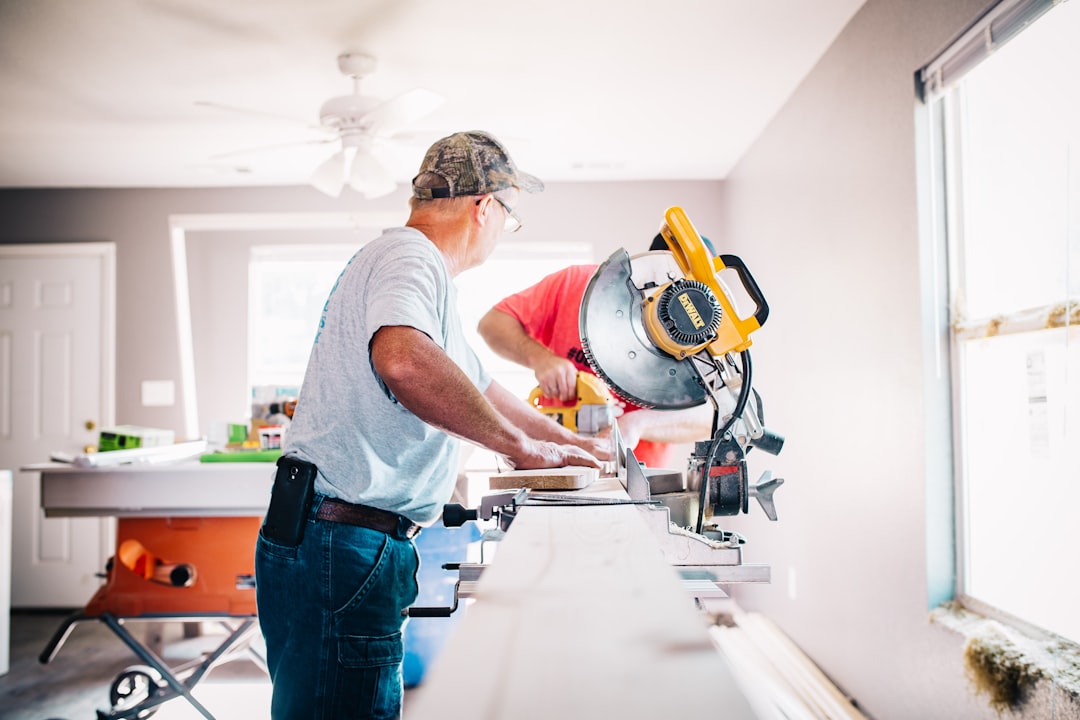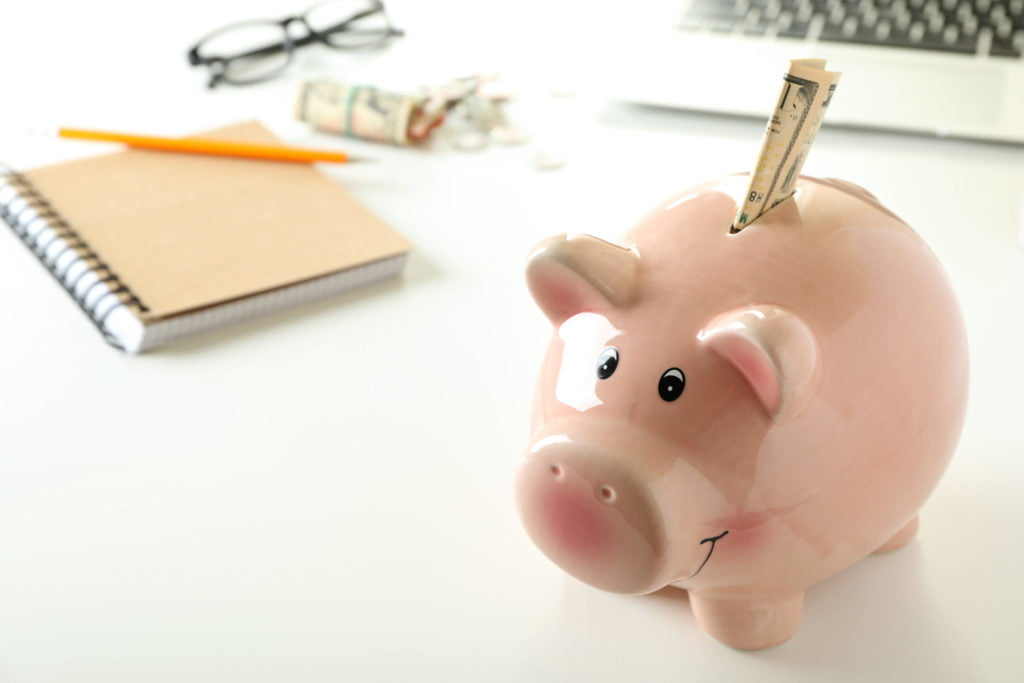In today’s lower interest environment, refinancing your mortgage could save you money and give you access to the equity you have built up in your property. However, it is important to understand a few things before going through the process. Refinancing your home will be similar to the buying process, and your creditworthiness and other factors will impact your new loan.
Refinancing your mortgage is rolling over your current home loan into a new loan product. During this process, a potential lender will assess the current market value of your home, review your credit profile, and verify your income. If the process is successful, your new lender will present you with various options to lower your monthly payment, take the equity out of your home, or reduce the number of years on your mortgage.
From lower interest rates and reduced payments to home equity cash, there are numerous reasons why you might consider refinancing your mortgage. If you are interested in refinancing, be sure to do some research with a resource like Lending Loco to get a better idea of current loan products and trends. Aside from this, however, there are a few benefits to consider if you are looking at refinancing your home. Let’s take a look at why you might want to refinance your mortgage.
Reduced Monthly Payment

One of the biggest reasons that most people decide to refinance is to save money on their monthly payments. Refinancing your mortgage can help you reduce your payment by moving the loan into a lower interest rate or by eliminating your private mortgage insurance payment (PMI) from the loan. For example, refinancing your home loan from a six percent interest rate to a three percent loan can save around $4,000 per year.
Additionally, when you first purchased your home, if you had a down payment of less than 20 percent of the total cost, you probably had to add PMI into your principal and interest payment. However, once you have built up 20 percent equity in your home, you can refinance without the need for PMI and reduce your monthly payment.
Shorter Mortgage Length
If you are considering selling your home or you want to get out from under your monthly payments, shortening the length of your mortgage might help. If you don’t mind a bump in your monthly payments, you can refinance to convert your traditional 30-year mortgage to a 15-year home loan. Doing this will help you build up equity in your house faster and give you more options down the road. Your monthly payment may go up, but you will pay off your home in half the time.
Fixed-Rate Loans
If you initially purchased your home with an adjustable-rate mortgage (ARM), you probably had low monthly payments for the initial three to five years term. However, once the initial term is over, you can see a significant spike in monthly payments due to fluctuating interest rates. Many people choose to refinance their ARM loan to a convention 10, 15, or 30-year mortgage. This option could lower your monthly payments once your ARM spikes and ensure you have a consistent payment each month.
Home Equity Cash

After a certain period, you might want to make some renovations or improvements around your home. If this is the case, you might consider a cash-out refinance loan to borrow against the equity you have built up in your house. This will allow you to use the equity money in your home to make renovations, pay off high-interest debt, or go on a once-in-a-lifetime vacation. As a bonus, you may even be able to find lower interest rates and reduce your payment simultaneously.
In most cases, homeowners refinance their homes to take advantage of potential savings. No matter what your goals for refinancing are, however, with some time and research, you can find the right loan product and option for your needs.



